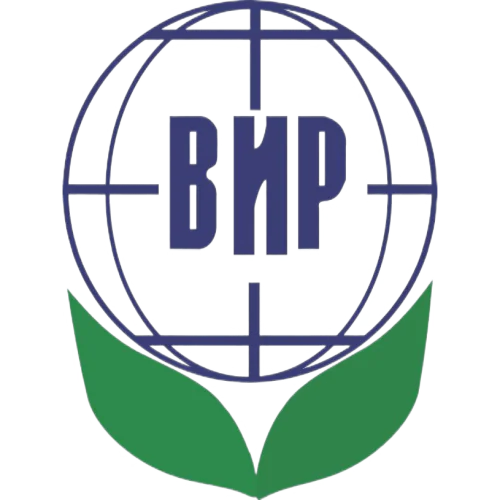
Production of Gynogenic Plants of Red Beet (Beta vulgaris L.) in Unpollinated Ovule Culture In Vitro
The unique and balanced components of the biochemical composition, together with high antioxidant activity, make the red beet necessary a dietary vegetable crop, much contributing to healthy food ration. The application of the technology for producing gynogenic plants in vitro increases the genetic diversity and significantly reduces the period of time required to obtain the appropriate homozygous lines used to create the F1 hybrids that are demanded in the market. For induction of gynogenesis, we used IMB medium developed by us with the addition of 55 g/L sucrose, 3 g/L phytogel, 200 mg/L ampicillin, and 0.4 mg/L thidiazuron (TDZ) and cultured at 28 °C in the dark for 4–6 weeks. Shoot regeneration from embryoids and callus was performed on MS medium with 20 g/L sucrose, 3 g/L phytogel, 1 mg/L 6-benzylaminopurine (BAP), and 0.1 mg/L gibberellic acid (GA3). Immersion of the obtained microshoots with 5–7 well-developed leaves for 10–15 s into concentrated sterile indole-3-butyric acid (IBA) solution (50 mg/L) followed by their cultivation on solid medium ½ IMB with 2% sucrose and 3 g/L phytogel was the most efficient method for root formation. The addition of silver nitrate (22 mg/L) to the nutrient medium provoked an increase in the number of induced ovules up to nine per Petri dish (up to 25% of induced ovules). Gynogenic development was produced in six out of 11 genotypes studied, and the plants that were then acclimatized to ex vitro conditions were obtained in three genotypes (Nezhnost’, Dobrynya, b/a 128). The evaluation of ploidy of gynogenic plants that was carried out by flow cytometry and direct counting of chromosomes stained with propion-lacmoide revealed that all obtained gynogenic plants were haploids (2n = x = 9).
Top-30
Journals
|
1
2
3
|
|
|
Plant Cell, Tissue and Organ Culture
3 publications, 25%
|
|
|
Food Science and Technology International
1 publication, 8.33%
|
|
|
Agronomy
1 publication, 8.33%
|
|
|
Plants
1 publication, 8.33%
|
|
|
Applied Microbiology and Biotechnology
1 publication, 8.33%
|
|
|
Plant Biotechnology and Breeding
1 publication, 8.33%
|
|
|
Vegetable crops of Russia
1 publication, 8.33%
|
|
|
Horticulturae
1 publication, 8.33%
|
|
|
Agriculture (Switzerland)
1 publication, 8.33%
|
|
|
Biology
1 publication, 8.33%
|
|
|
1
2
3
|
Publishers
|
1
2
3
4
5
|
|
|
MDPI
5 publications, 41.67%
|
|
|
Springer Nature
4 publications, 33.33%
|
|
|
SAGE
1 publication, 8.33%
|
|
|
FSBSI FRC N.I. Vavilov All-Russian Institute of Plant Genetic Resources
1 publication, 8.33%
|
|
|
FSBSI All-Russian Scientfic Research Institute of Vegetable Breeding and Seed Production
1 publication, 8.33%
|
|
|
1
2
3
4
5
|
- We do not take into account publications without a DOI.
- Statistics recalculated weekly.









